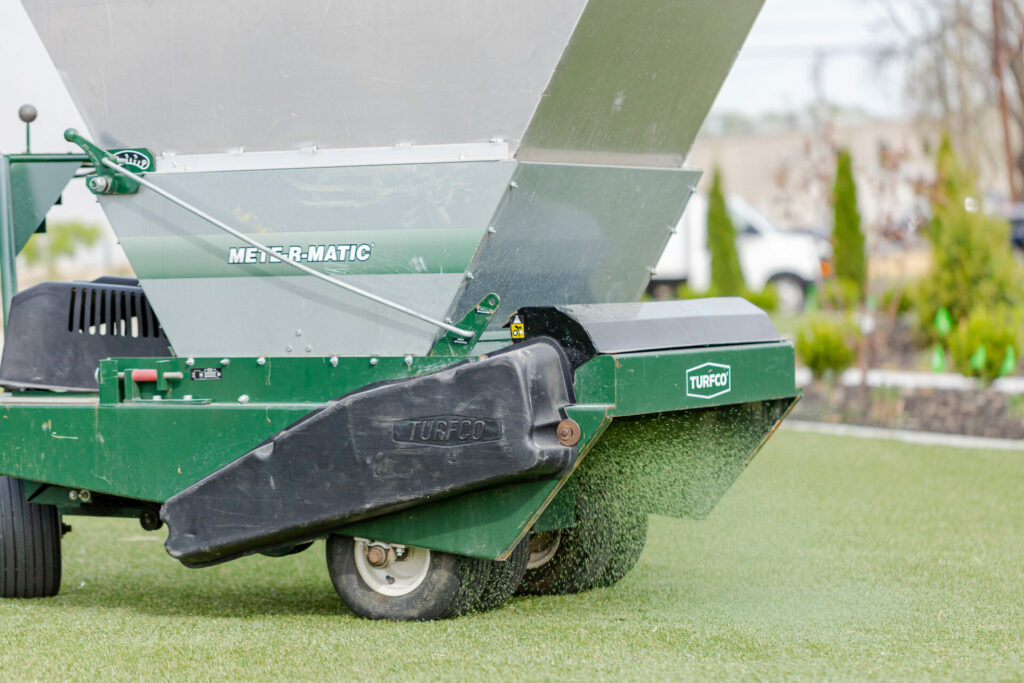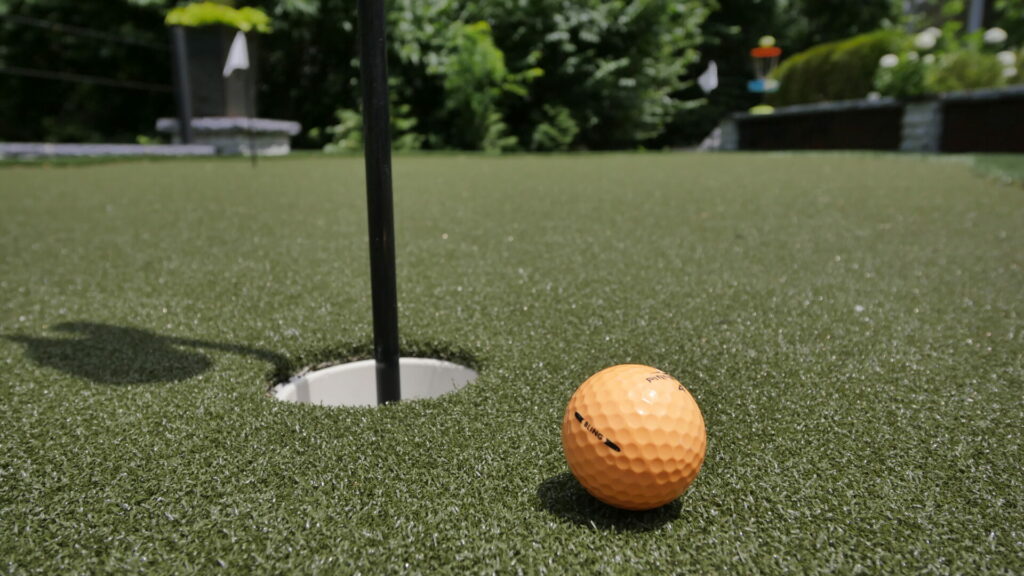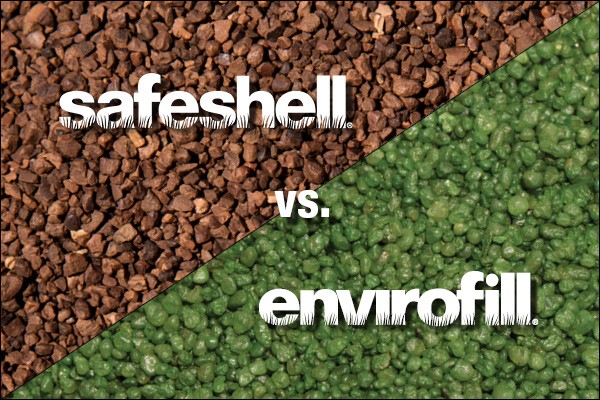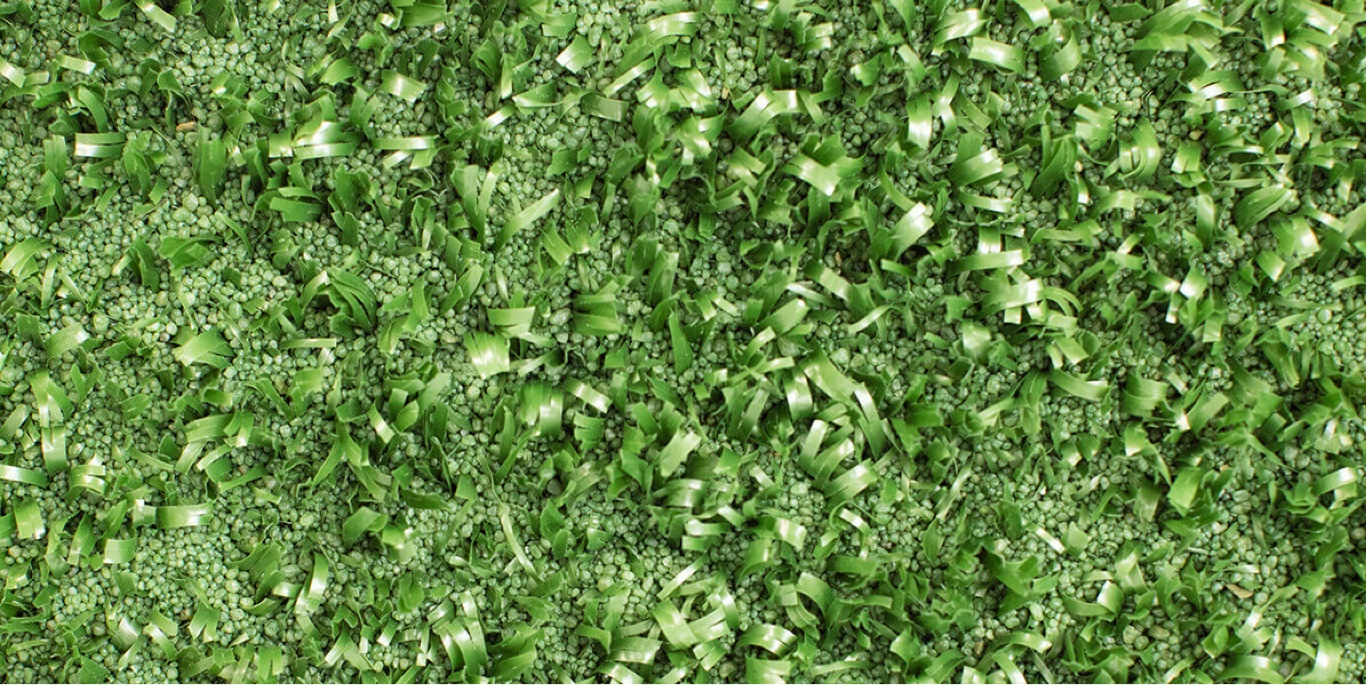
Infill Landscape Blog
Subscribe To Email Updates
Subscribe to our weekly newsletter and we’ll send updates straight to your inbox
What Are The Environmental Benefits of Artificial Turf?
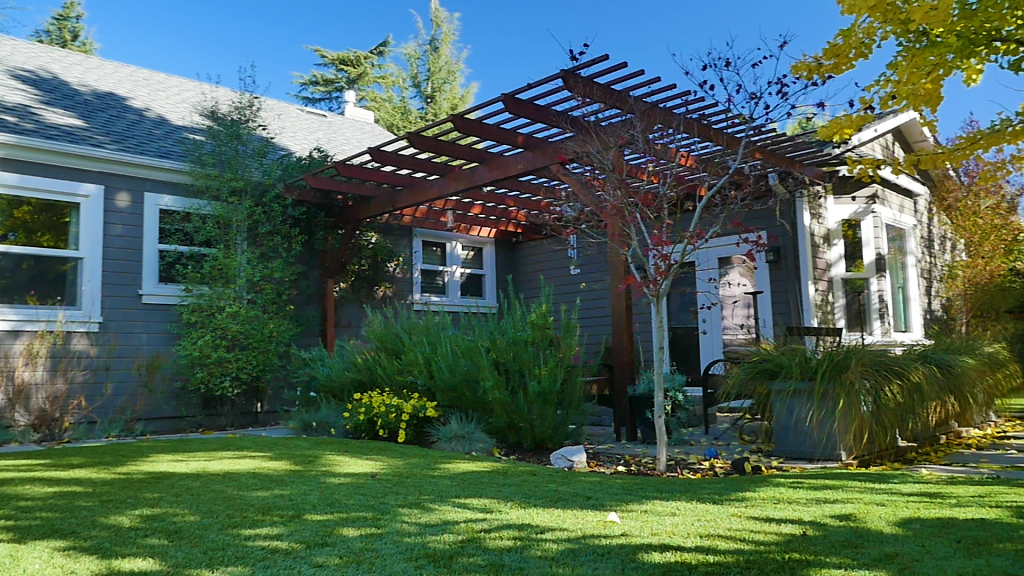
Artificial turf is not only a beautiful option for a lush, green lawn – there are environmental benefits to installing artificial grass in your lawn as well. Despite the fact that mowing is strenuous (and, let’s face it, who wants to spend a sunny Saturday outside pushing a mower in 90 degree heat?) it also greatly contributes to CO2 levels, polluting our environment with carbon dioxide emissions and creating ground level ozone and inhibiting plant growth. You may be surprised that one hour of push mowing creates as much pollution as 11 cars, according to EPA studies. Riding mowers create as much pollution as 34 cars. So, you don’t ever have to mow and you’re being polite to the environment by reducing pollution? The answer is an astounding yes! You can have your Saturday back. You’re welcome.
3 Environmental Benefits of Artificial Turf
1. Fuel
Fuel. You won’t use it. Don’t need it. Take the money you’ll save and buy yourself something nice. Or save it. Or, make it rain 20 dollar bills to your greedy, fuel necessitating driving teenagers. And since they now can’t mow the yard, make them clean the bathroom.
Another environment benefit to installing artificial turf instead of natural grass is no chemical runoff into our water supply, which, as reported by an EPA study, is a principle cause of water pollution. Artificial turf doesn’t require chemicals, pesticides or fertilizers that can contaminate waterways from icky toxins. Chemicals from toxic lawn treatment products are harmful to animals and humans and can impair our precious ecosystem. Artificial turf can help avoid contribution to polluted water and since it’s water permeable, no mud! Win win.
2. Water Consumption
Water consumption in a necessity and continues to become a global concern. Aside from occasionally rinsing off the grass from pet waste, artificial turf can save an average household hundreds of gallons of water consumption per year. EPA numbers suggest an American family of four uses an average of 400 gallons of water a day. This could greatly reduce water consumption necessary for lawns.
The Southern Nevada Water Authority estimates that every square foot of natural grass replaced saves 55 gallons of water per year, potentially saving households between 400 and 750 dollars a year in water usage, depending on the size of the yard. Artificial turf is beneficial for the environment and household budget!
3. Land Utilization
Think of it this way. If there is a surface, otherwise unusable, artificial turf can help transform areas unable to grow grass into usable land. This is where you can get creative. Rooftop patios in urban landscapes (picture patio parties with scrumptious finger foods and drinks with tiny umbrellas), backyards, front yards, sports fields, playgrounds, etc. Whatever the locale, artificial turf will invite a spontaneous game of soccer, a group of kids playing chase, a casual dog walk on a chilly day…all while reducing our carbon footprint.
Environmental benefits abound to choosing artificial turf. Whether it be for a residential home or a large playing field, artificial turf will benefit the environment in sustainable ways for kids, pets and humankind for generations! The grass really is greener on this side! Contact an installer near you to artificial turf to your backyard today.
Similar Blogs
